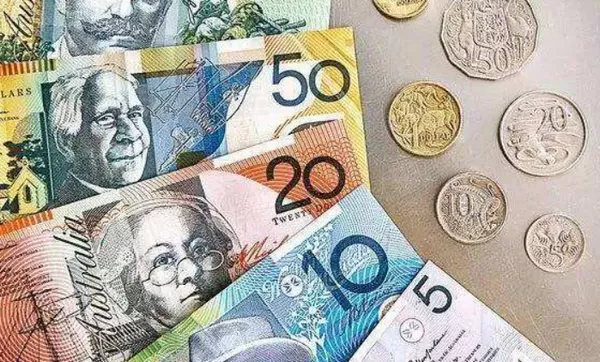The Australian Dollar (AUD) extended its recent decline on Thursday, following the Reserve Bank of Australia (RBA)’s tempered outlook, notably in light of the March Monthly Consumer Price Index (YoY) figures, which surged to 3.5%, exceeding expectations of 3.4%. Despite this uptick in inflation, the RBA acknowledged a plateau in recent efforts to control inflation, opting to keep its options open. The central bank chose to maintain its benchmark interest rate at 4.35% during its latest meeting on Tuesday.
Contrary to market expectations, Australian inflation saw a rise in March. RBA Governor Michele Bullock underscored the importance of remaining vigilant against inflationary pressures. Bullock expressed confidence that current interest rates are suitably positioned to steer inflation back towards the target range of 2-3% by the second half of 2025 and toward the midpoint by 2026.
Meanwhile, the US Dollar Index (DXY), which measures the USD against six major currencies, advanced amid sentiments of the Federal Reserve’s inclination towards sustaining higher interest rates for an extended period. This sentiment bolstered US Treasury yields, thereby supporting the US Dollar.
In other market movements, Chinese economic data provided a glimmer of positivity as Chinese Imports (YoY) surged by 8.4% in April, surpassing forecasts of 5.4%, while exports grew by 1.5%, exceeding the anticipated 1.0% gain. Despite concerns over potential additional tariffs from the US, the Trade Balance USD increased to $72.35 billion in April, slightly below expectations.
On the domestic front, Australian Retail Sales (QoQ) witnessed a decline of 0.4% in the first quarter of 2024, reversing the 0.4% growth observed in the previous quarter. The ASX 200 Index halted its five-day winning streak, primarily influenced by a downturn in heavyweight bank stocks amidst regulatory concerns within the sector. Additionally, the Australian market reacted to mixed corporate earnings reports and the Federal Reserve’s hawkish stance on maintaining higher rates.
Analysts at Societe Generale issued a note expressing skepticism about the RBA’s optimism regarding economic growth, foreseeing a potential downturn with surprises on the downside due in part to the effects of RBA rate hikes filtering into the economy.
Looking ahead, forecasts from Commonwealth Bank and Westpac suggest the RBA’s interest rate is anticipated to peak at 4.35% in November 2023 before declining to 3.10% by December 2025.
In technical analysis, the AUD/USD pair remains below 0.6600, trading around 0.6580 on Thursday. The pair is consolidating within a symmetrical triangle pattern, with the 14-day Relative Strength Index (RSI) indicating a bullish bias by remaining above the 50-level.
Potential resistance levels for the AUD/USD pair include the psychological barrier at 0.6600, followed by the upper boundary near the major support level of 0.6650. Conversely, immediate support is expected at the nine-day Exponential Moving Average (EMA) around 0.6568, with further downside potential toward the lower boundary of the symmetrical triangle near 0.6465 should selling pressure intensify.

























